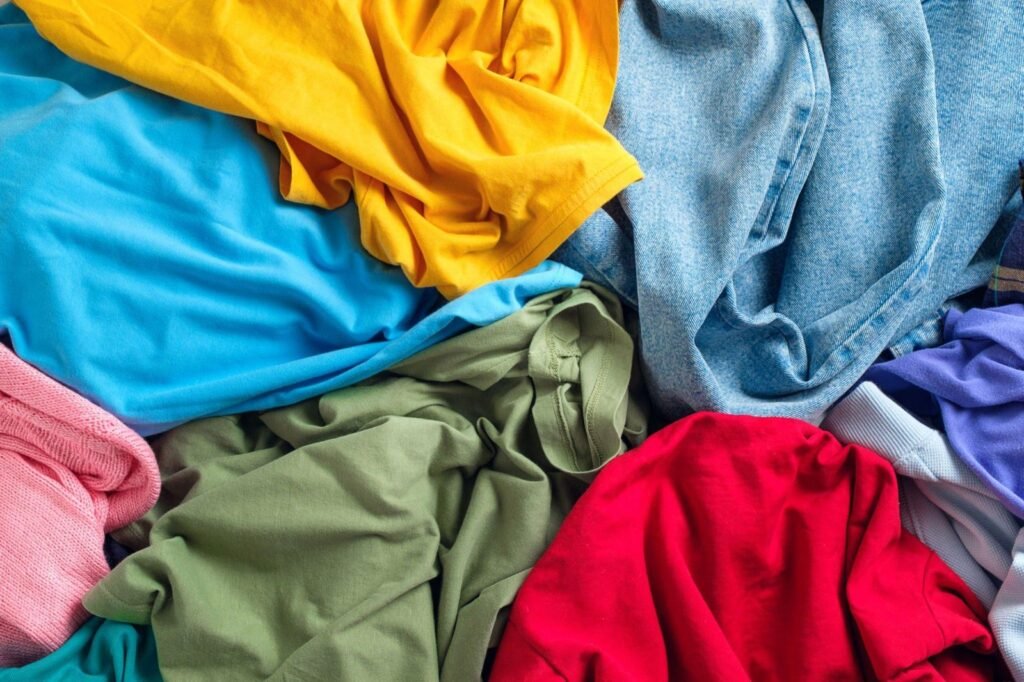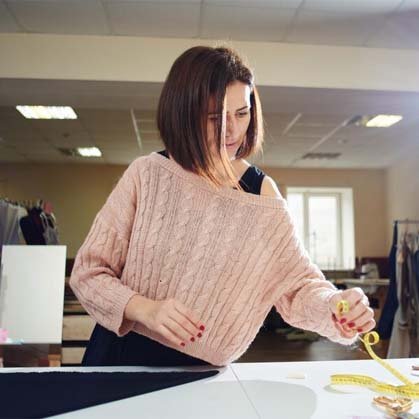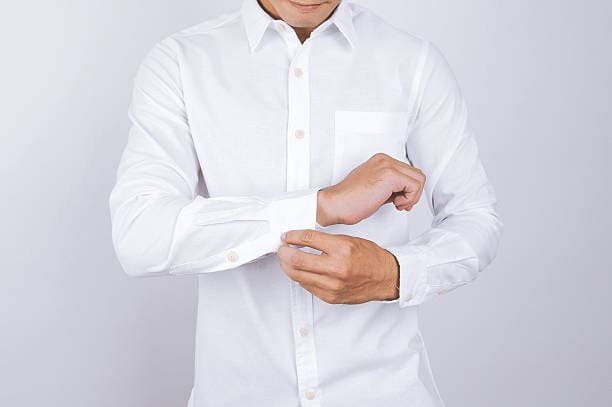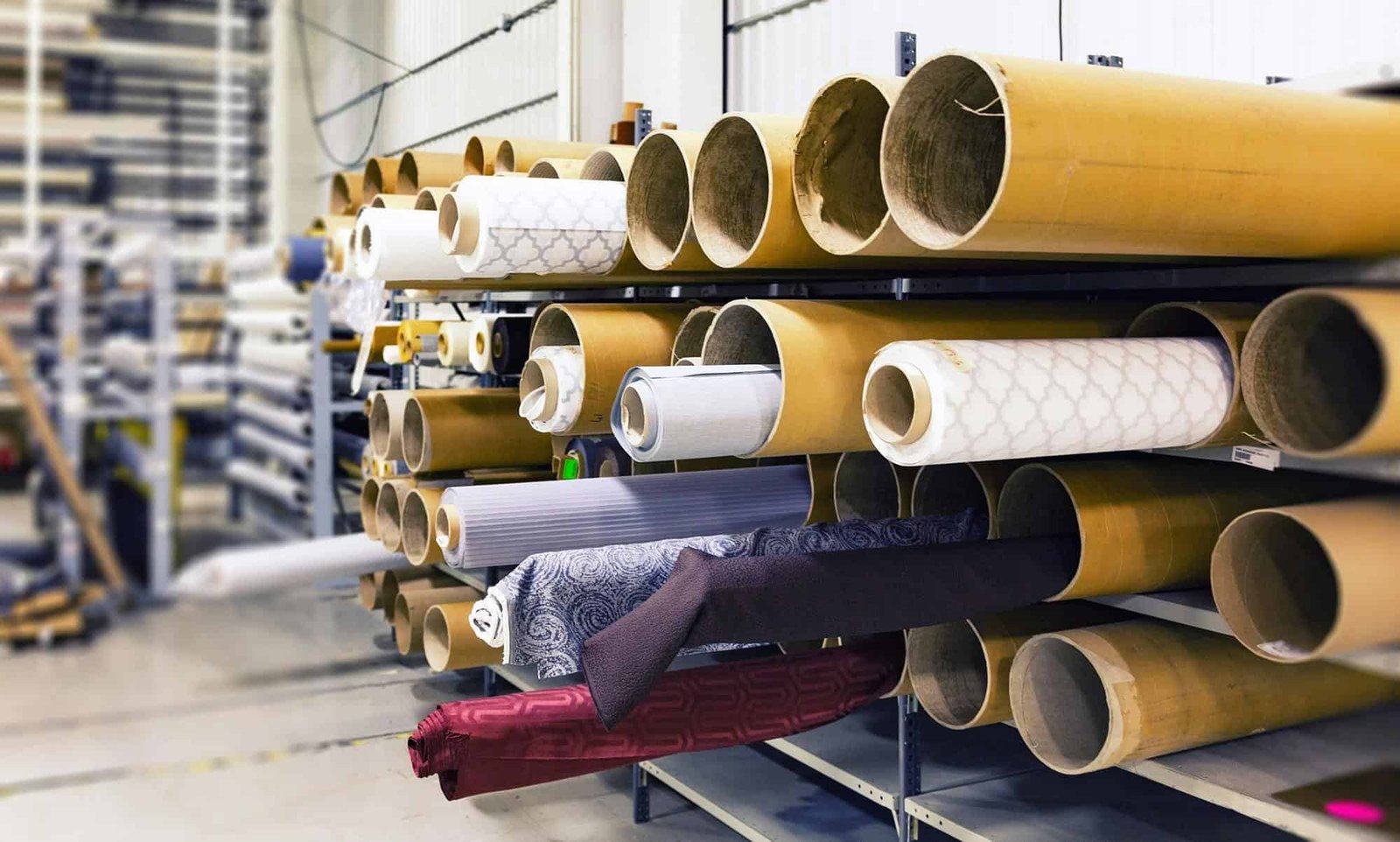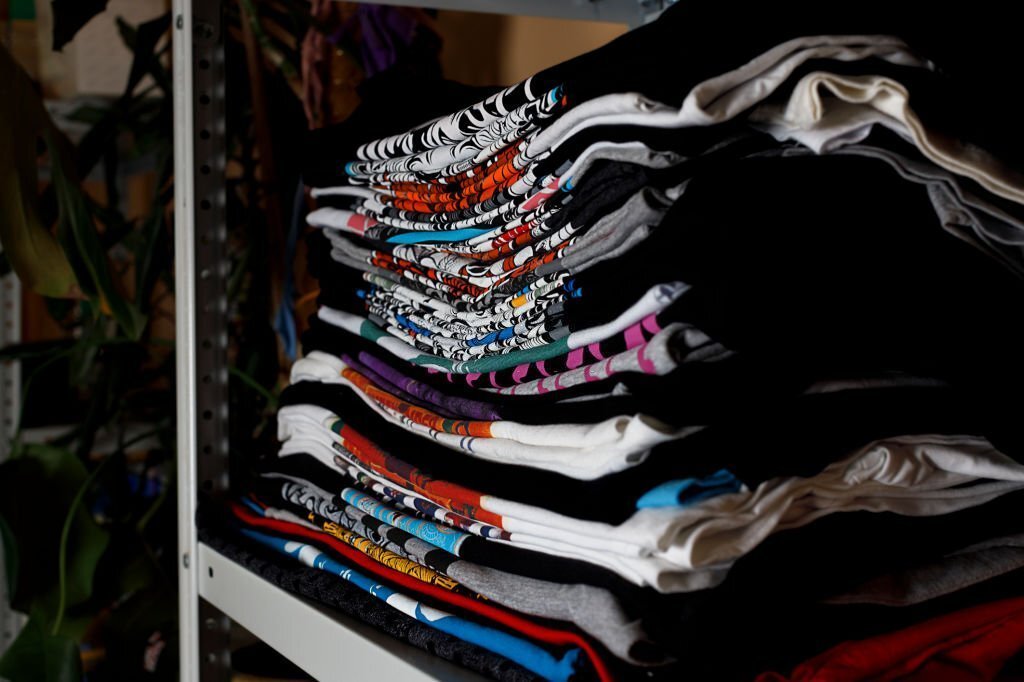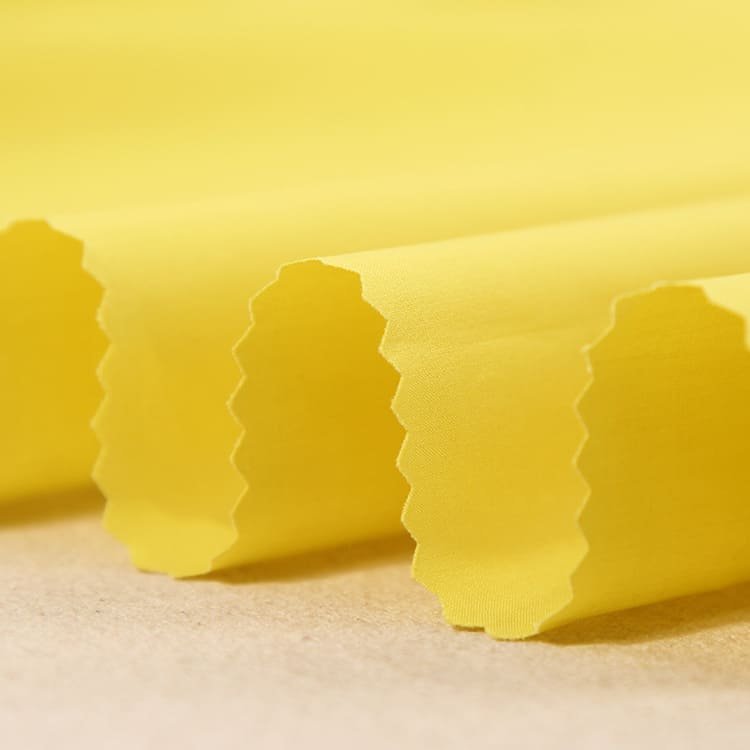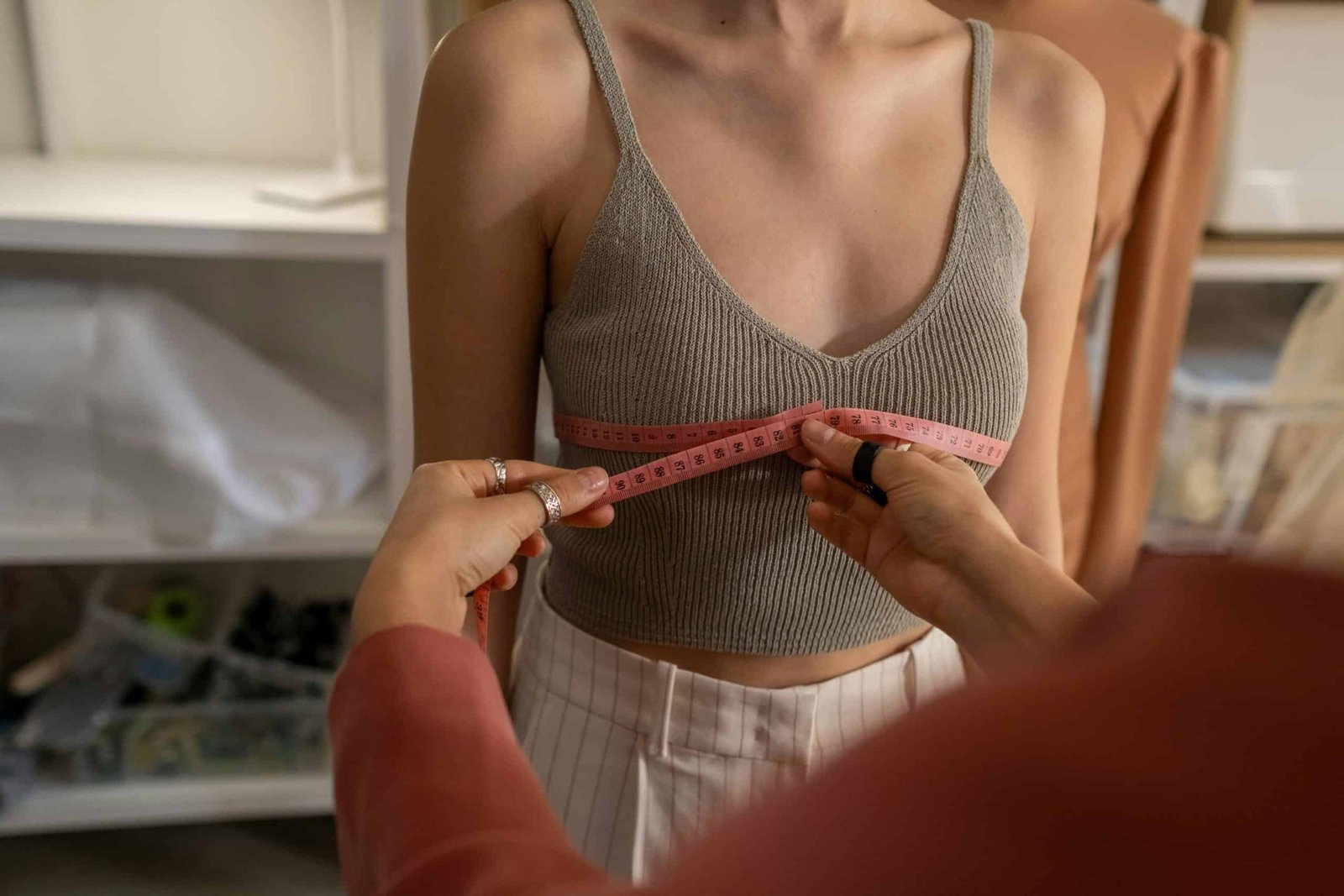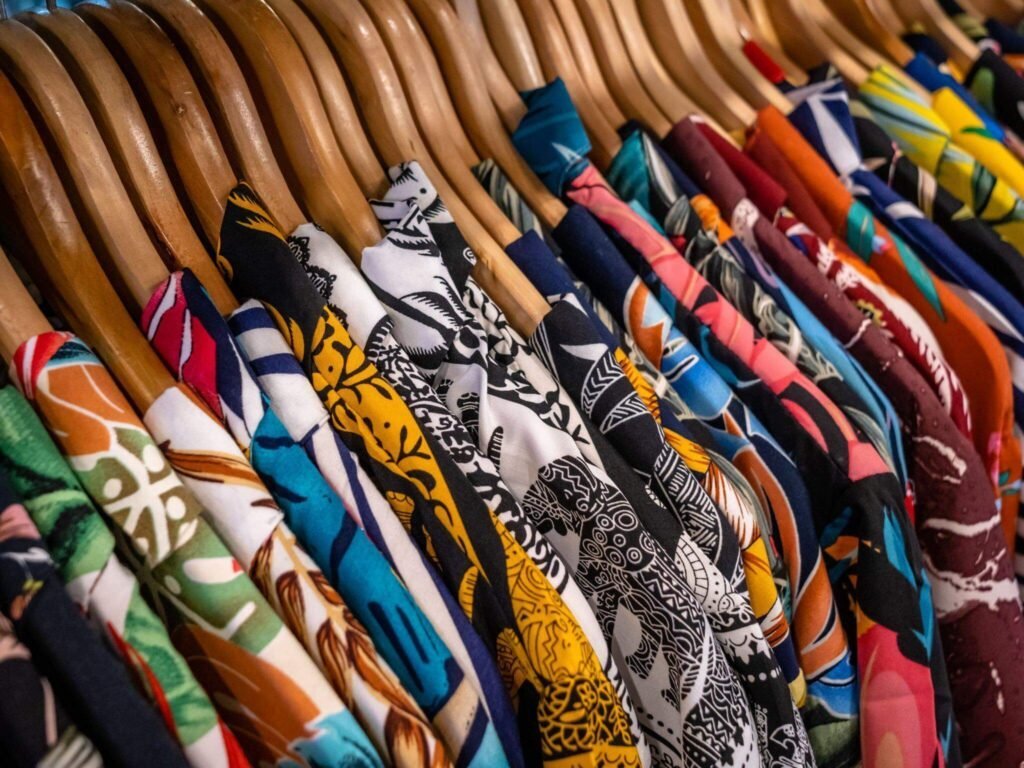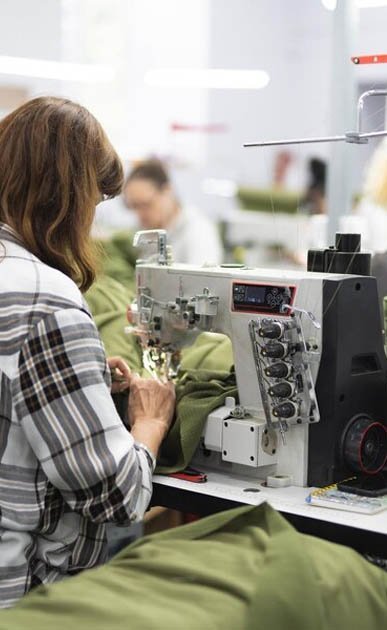Do you want to know how to start a print-on-demand business in the best way? The print-on-demand industry has exploded in recent years with advances in digital printing technology and online marketplace platforms.
Launching a print-on-demand (POD) company allows you to take advantage of the current entrepreneurial ethos by fusing technology and creativity to serve specialized industries. Imagine having your unique creations accepted by a receptive online audience without having to deal with inventory.
By producing bespoke goods on demand, this business model lowers risk and waste for artists and businesses. Your artwork is turned into products that are delivered right to your customers’ doorsteps with each click. This is more than just a business endeavor—it’s a digital atelier where your designs seamlessly satisfy customer needs.
In this complete guide, we’ll walk you through everything you need to launch your own successful print-on-demand business this year. From choosing the right print custom clothing manufacturer and setting up your online storefront to designing quality products and marketing them effectively, you’ll learn insider tips to get your POD business off the ground.
What Is a Print-On-Demand Business?
What is Print-on-Demand?
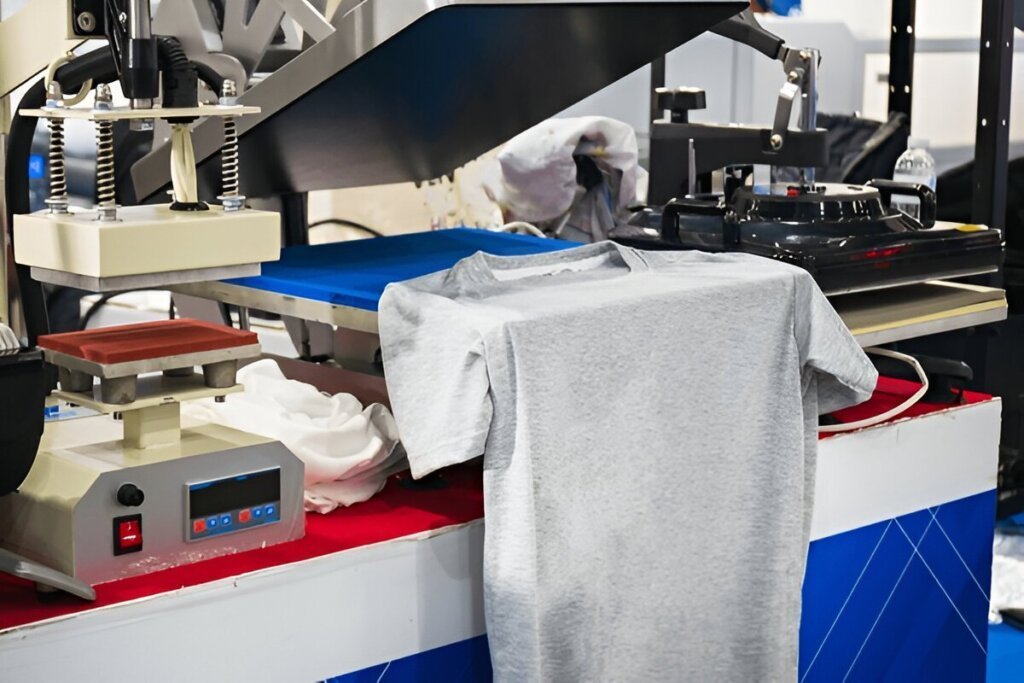
Print-on-demand (POD) is a process where products like t-shirts, mugs, tote bags, etc. are printed with custom designs as they are ordered. No inventory is produced beforehand. When a customer places an order, it gets printed and shipped directly to them.
Utilizing print-on-demand services, you can:
- Without the risks associated with inventory purchases, test a new product line for an established company or a small business idea. It’s also a fantastic side gig.
- Whether you’re a cartoonist or YouTuber who would rather spend your time creating content than taking orders, print-on-demand is a terrific way to monetize your following.
- Make unique goods that cater to a certain market (such as t-shirts for long-distance runners who are ardent fans).
- Print one-of-a-kind or limited quantities of anything, including wall art, phone covers, clocks, laptop skins, mugs, books, shoes, and bags.
- Test the creative for your commercials: With print on demand, you don’t have to pay for the cost of goods upfront, so you may run ads to find out which designs and products people respond to the best. You can boost your ad expenditure and put more effort into the creative if you receive a significant number of orders!
How Does POD Work?
POD businesses partner with print providers who handle the printing, production, and shipping of custom orders. As the seller, you create and upload your designs to an online platform or marketplace. When a customer orders one of your products, the order details get sent to the print provider.
They then print your design on the product and ship it out to the customer’s address. You, the seller, get paid after each successful sale, minus any fees or costs.
The Benefits
- Low startup costs, no inventory hassles
- Test products without huge risks
- Diverse product catalogs without storage
- Global customer reach via online channels
- Automated fulfillment reduces manual work
POD allows almost anyone to launch a custom merchandise business with minimal upfront investment. With the right designs and marketing, it offers a lucrative online business model.
Choosing The Right Print-on-Demand Platform
Evaluate Key Features
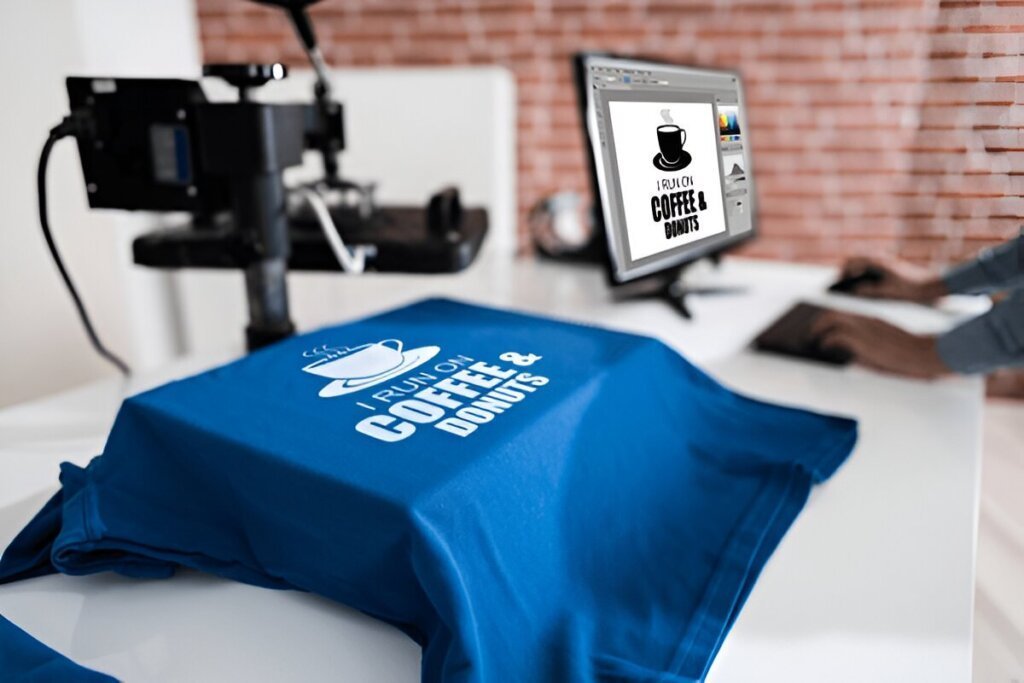
Not all print-on-demand platforms are created equal. Take the time to carefully evaluate the key features that each one offers. Some factors to consider are the product catalog range, design tools, pricing structure, production times, and quality standards. The right platform will align with your business goals and target audience.
Prioritize Ease of Use
The user experience should be a top priority, especially if you’re new to e-commerce. Look for platforms with intuitive interfaces that streamline the design and order fulfillment process. Robust customer support through knowledge bases, communities, or direct channels can also make a world of difference.
Scalability and Growth Potential
As your business expands, you’ll want a platform that can scale with you. Assess integration capabilities with popular e-commerce platforms, sales channels, and marketing tools. Flexible production capacity and a wide range of product types will keep you poised for growth.
Check Out Reviews and Case Studies
Don’t just take the sales pitch at face value. Dig into independent reviews, case studies, and success stories from other print-on-demand entrepreneurs. Their first-hand experiences can provide invaluable insights into each platform’s strengths and limitations.
By carefully weighing your options, you’ll set your print-on-demand venture up for success from the start. The right platform serves as the foundation for an efficient, profitable, and customer-centric business model.
Creating Designs and Mockups for Your Print-on-Demand Products
Get Creative with Your Designs
Crafting eye-catching designs is key to making your print-on-demand products stand out. Don’t be afraid to get creative – think bold colors, quirky graphics, and unique fonts that reflect your brand personality. But remember, simplicity often wins – so avoid overcrowding your designs.
Use Mockup Tools
Seeing your designs on actual products helps you visualize the result. Use online mockup generators to upload your artwork and preview it on t-shirts, mugs, phone cases – you name it. This lets you tweak designs before putting them up for sale.
Consider Trends and Themes
Staying on top of current trends can give your products an edge. Browse design blogs, follow influencers in your niche, and pay attention to what’s popular on sites like Redbubble or Teespring. Seasonal designs for holidays or cultural events are also big sellers.
Build a Cohesive Collection
While variety is good, having a cohesive collection of designs unified by a theme or style can help build your brand identity. Think of creative ways to repurpose graphics across products like t-shirts, stickers, and totes for maximum impact.
With some creative flair and the right tools, you’ll have eye-catching print-on-demand designs ready to wow customers in no time!
Marketing and Selling Your Print-on-Demand Products
Get Social
Social media is your best friend when it comes to marketing print-on-demand products. Create business accounts on platforms like Instagram, TikTok, and Pinterest – these visually-driven apps are perfect for showcasing your designs. To attract new clients, utilize relevant hashtags, interact with your audience, and publish content frequently.
Build an Email List
An email list allows you to nurture relationships with your customers and promote new product launches or sales directly to their inboxes. Offer an incentive, like a discount code for first-time subscribers to help grow your list quickly.
Leverage Influencer Marketing
Partnering with influencers in your niche can give your brand major visibility. Look for micro-influencers with highly engaged followings and send them free products in exchange for an honest review or shoutout. Their stamp of approval could drive tons of traffic and sales.
Optimize for Search
Make sure your product listings are search engine optimized by including relevant keywords in titles, descriptions, and tags. Well-written copy highlighting your unique designs and high-quality materials can help you stand out from competitors.
Invest in Paid Ads
While organic marketing is great, paid advertising on platforms like Facebook and Google can accelerate your growth. Start with a modest daily budget and closely monitor your analytics to determine which campaigns yield the highest ROI.
Managing Your Print-on-Demand Business and Setting Yourself Up for Success
Systems and Processes
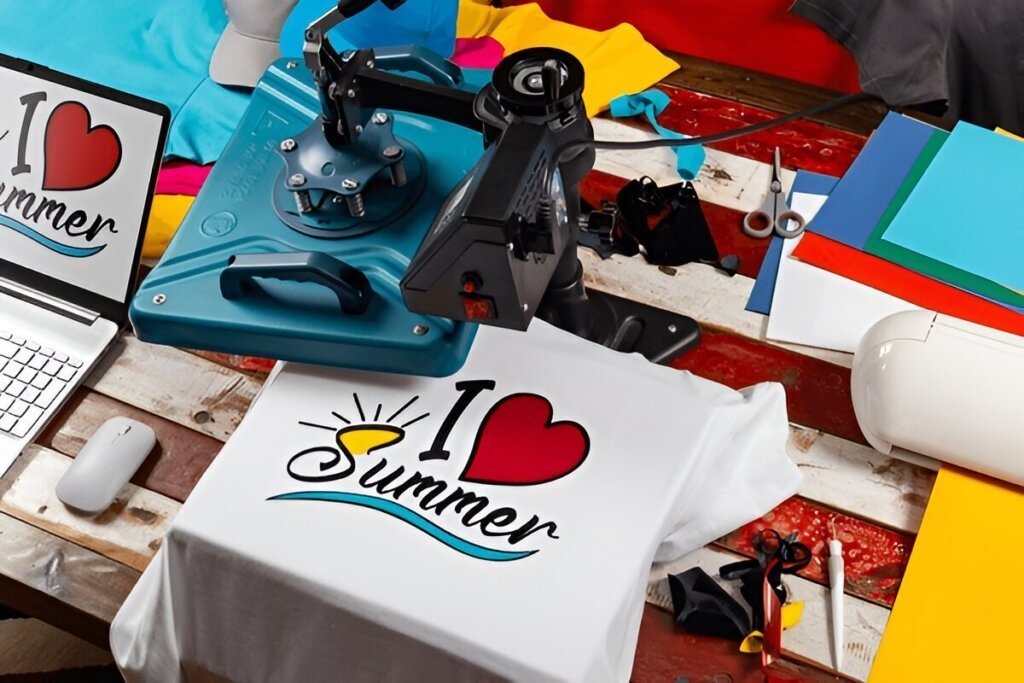
To keep your print-on-demand business running smoothly, you need solid systems and processes in place. Start by creating standardized workflows for key tasks like order fulfillment, customer service, and inventory management. Automate as much as possible using tools and apps to save time.
Stay Organized
Organization is crucial when juggling multiple product designs, suppliers, and sales channels. Invest in project management software to keep track of deadlines, to-do lists, and ongoing projects. Develop a labeling system for your design files so you can easily locate them.
Prioritize Customer Service
Providing excellent customer service is non-negotiable for any successful business. Be responsive to inquiries and concerns. Offer hassle-free returns and exchanges. Encourage customer reviews and incorporate that feedback. Your customers are the lifeblood of your business.
Market Strategically
Successful print-on-demand stores don’t just list products and wait; they actively market their brand. Leverage social media, influencer marketing, and paid ads strategically. Build an email list to nurture customer relationships. Stay on top of trends to create new, in-demand designs.
Analyze and Optimize
Regularly analyze your sales data, marketing metrics, and overall performance. Which products are top sellers? Where are your marketing efforts paying off? Use those insights to double down on what works and optimize your strategy. Continuously iterate to refine your business model.
Finally, before deciding to provide a product to your customers, think about how simple or complex it is to print unique graphics. Think about the kind of printing that will be needed, such as screen printing, sublimation, or direct-to-garment (DTG) printing, as well as the associated costs.
Is Print-On-Demand A Profitable Business?
Yes, print-on-demand can be successful, provided you pick the proper supplier, produce distinctive, excellent designs, and have strong marketing plans. Print-on-demand is ultimately only a means of fulfillment; it has no bearing on your potential level of success.
The retail e-commerce market is expected to reach 8.1 trillion dollars by 2026, having grown by 56% over the next several years, from a projected 5.8 trillion dollars in 2023, according to a Statista analysis.
The Low Overhead Advantage
Print-on-demand is an incredibly low-overhead business model. You don’t need to invest thousands upfront in inventory or equipment. All you need is a computer, design software, and a print-on-demand partner.
This low barrier to entry makes it feasible to start small and grow organically. You can test different product ideas and designs without risking too much capital.
Passive Income Potential
Once your designs are selling online, the real beauty of print-on-demand kicks in – passive income streams. Every time a customer orders a product with your design, you earn a profit royalty without lifting a finger.
As your catalog grows and sales compound over time, those passive royalties can add up. Many successful print-on-demand entrepreneurs earn a full-time living this way.
Limitless Scalability
There’s virtually no ceiling on how big you can grow a print-on-demand business. Since you don’t manufacture products yourself, you can sell an unlimited number of items through various online marketplaces.
The most successful merchants build entire brands around their unique designs and creative aesthetics. If you can tap into hot niches and trends, the scalability is limitless.
Highly Competitive
The flip side is that print-on-demand is an incredibly saturated market these days. With low barriers to entry, tons of competitors are fighting for the same eyeballs online.
To earn serious profits, you’ll need outstanding design skills and marketing savvy. Building a loyal customer base takes relentless effort. But for driven creatives, it’s an amazing way to monetize your art.
How Much Does It Cost To Start A Print-On-Demand Business?
Startup Costs
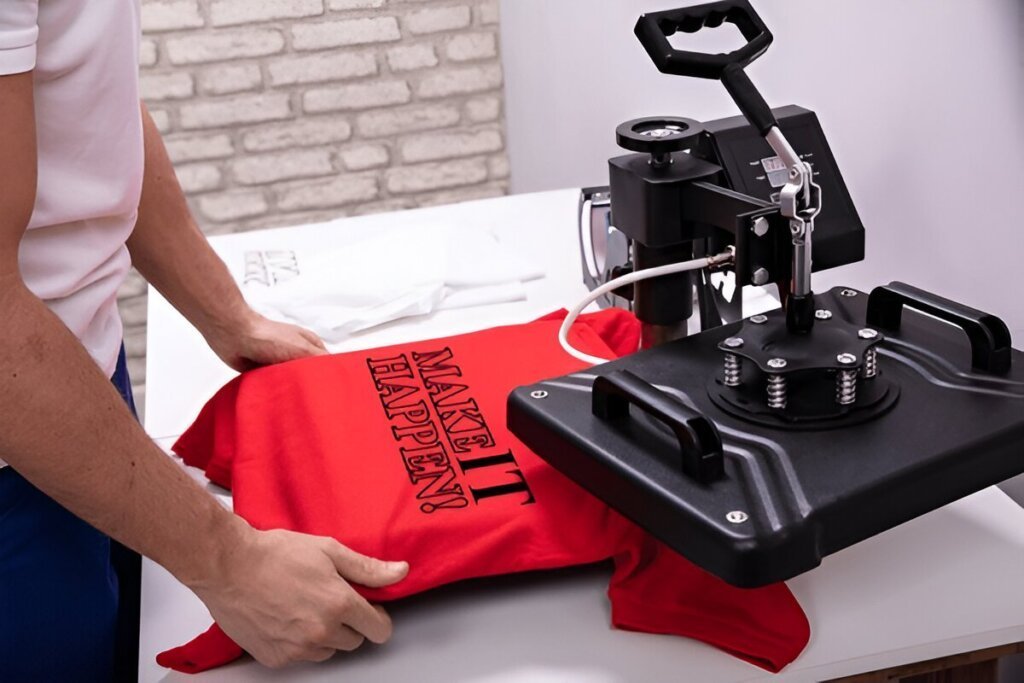
The beauty of starting a print-on-demand business is that the initial investment is relatively low. You don’t need a huge sum to get things off the ground. The main costs involve setting up an online store, purchasing design software (or hiring designers), and marketing your products.
Breaking It Down
- E-commerce platform (e.g. Shopify): $29-$299/month
- Design software (e.g. Adobe Creative Cloud): $20-$50/month
- Paid advertising budget: $500-$2,000+ to start
- Miscellaneous (domain, apps, etc.): $100-$300
So in total, you could launch a basic print-on-demand store for around $1,000 or less. Of course, costs can escalate quickly if you opt for premium services, extensive marketing campaigns, and outsourced design work. However, the overhead is minimal compared to traditional retail.
It’s An Investment
While it may be cheap to start, remember that building a successful brand takes consistent effort over time. Be prepared to reinvest profits into areas like customer acquisition, better designs, and operational upgrades. Treat it as a real business, not just a side hustle. With patience and smart spending, your print-on-demand venture can take off.
Is Print-On-Demand Good For Beginners?
The Perfect Low-Risk Option
Print-on-demand is an excellent choice for beginners looking to start an ecommerce business with minimal upfront investment. Unlike traditional retail models that require purchasing inventory upfront, print-on-demand allows you to upload designs, which are then printed and shipped after a customer places an order.
Unleash Your Creativity
One of the biggest advantages is the ability to sell a wide range of customised products like t-shirts, mugs, phone cases, and more. You have complete creative freedom to design and sell unique products that align with your brand or niche. It’s the perfect way to test different ideas without the risk of overstocking inventory.
Lean Operations
With no need to manage inventory or handle shipping logistics, print-on-demand frees up time and resources to focus on marketing and growing your business. Many reputable print providers integrate seamlessly with popular ecommerce platforms, making it incredibly easy to get started selling online.
Test and Scale
The low startup costs make print-on-demand ideal for validating product ideas before scaling up operations. Once you find winning designs, you can reinvest profits into expanded product lines or marketing campaigns to accelerate growth. It’s a flexible model that reduces risk while allowing you to learn as you go.
Launch Your Print-on-Demand Business Today
Now you understand how to start a successful print-on-demand business. For novice business owners or those who simply wish to test a concept before investing in it, print-on-demand services provide an affordable starting point. You can start a print-on-demand business with thousands of options available, and matching designs abound. Certain combinations will always sell better than others, but using the same basic design for multiple products is not too difficult. You may always move from print-on-demand to maintaining your inventory if your business plan takes off and you begin to make a sizable amount of sales, or you can keep using these services while coming up with new strategies to expand your clientele.
The biggest benefit of the print-on-demand business model is the flexibility it offers your company and the time it saves you to concentrate on expansion.




